Parvathamalai / Parvatha Hills – the ‘Hill of Hills’ or ‘Queen of Hills’ in Thenmathimangalam Village, Polur in Thiruvannamalai District – Visit, Trekking & Travel Guide
– famous devotional and adventures, parvatha hills trekking visit photo coverage
Parvathamalai or the Parvatha Hills is a mountain range in the Thiruvannamalai district in the Kalasapakkam district, near the villages of Kataladi and Thenmagadevamangalam. Parvatamalai is about 3500 feet high from the sea level. The word Parvatham means mountain and ‘Parvathamalai’ as its called, ‘Hill of Hills’ or ‘Queen of Hills’.
Spiritual History of Parvathamalai:
Once Goddess Parvati asked Lord Siva the place of worship for all human beings born on earth to attain the four virtues of unity, virtue, material pleasure. Parvathamalai is the mountain that Lord Shiva identified with Parvathy’s question. The hill is named after the Goddess Parvati as a goddess penanced here for the welfare of all the people of the world. At the top of the hill resides the presiding deity Parvatha Rani or Parvathammal and Siva’s aspect is Lord Malligarjun. Parvathammal is also called Lordess Brahmarambika / Maragathambika. Due to Mother Parvati’s penance, the mountain named Parvathamalai which also means the highest mountain of all.
Another fascinating historical belief that at this mountain Siddar Bogar, who is one of the 18 Siddhas, built the Lingam – Mallikarjuna Swamy on top of this hill. And another well-known history is Parvatamalai is also said to be the place where Lord Shiva first set foot when he came to the south from the Himalayas. Lord Shiva first set foot here before it appeared as a fire in Thiruvannamalai.
There is a famous old saying,
“Adikkoru Lingam Thiruvannamalai Pidikkoru Lingam Parvathamalai”.
When Hanuman was bringing the Sanjeevi hill to Lanka, it is assumed that parts of it were scattered and dropped in many areas. One such location is Parvathamalai.
Unlike other hills, when viewed from various angles, Parvathamalai ‘Cliff’ offers a wonderful sight. From eight directions across the hill, which represents eight different shapes. One the specialty of this place is that devotees are able to Worship the Lord Sivalingam by themselves. So devotees carry over the required items for the pooja with them to make a special moment. As there are no priests for this temple and also with no doors. once entering the temple we can first see Lord Ganesha, Goddess Valli, Goddess Deivanai Sametha Lord Murugan, Lord Veerapathiran, and Lord Datsinamoorthy. The ‘Vilvam leaf’ is the best option for devotees who wish to perform the pujas to Lord Siva.
It is recommended that devotees wear cotton clothes as much as possible so that when they breathe in the herbal air Or when our bodies are touched, they can reap the benefits. This Parvathamalai grows many rare herbal plants. The Parvathamalai’s Herbal breeze can quickly smell the devotees when heading up or coming down the hill. It has the great god power to cure many illnesses.
Visitors will observe ‘Jyothi Dharshan’ at night on the top of the hill. And also we can witness the brightness of Jyothi on the cheeks of the goddess Brahmarambika. And when step back far from the goddess, the sanctum Instead of shrinking, the god seems to grow in size. We can feel the power of the positive spiritual vibration around the hill and presiding deities. Miracles have been encountered by the devotees and also more when devotees stay overnight at the hill.
We need have to take the needed food and drinking water with us. Better to have a small stick in hand to avoid snatching from monkeys. We can also witness Yogi is in a meditation state near the cave of the temple. He remains in silence for more than 15 years, called “Mouna Yogi” and blessing the devotees throughout the year. He also provides all the needed amenities to the devotees such as food, water, shelter, and also their required needs. Mouna Yogi also pays dharshan and blesses the devotees who approach him with various problems and also guided them to overcome. It is said that the beauty of the mountain began to spread when he lived there
The Parvathamalai or the Parvatha Hills is highly believed in several Siddhars still alive in the natural caves of Parvathamalai, it’s been witnessed by many devotees. Only sincere devotees can have the dharshan of siddhars because they move in ‘subtle bodies’ its difficult for normal human beings to witness them with their normal eye.
Siddhars also take mortal bodies to facilitate viewing them. Devotees can feel them from the smell of fragrance kinda camphor, agarpathi fragrance. People in the villages near to the bottom of the hill says that they are hearing ringing bells, drums sound from the temple exactly at midnight 12, is of it with siddhars visit the temple and performs poojas.
Different Trekking Routes to Parvathamalai or the Parvatha Hills:
We can reach the summit of Parvathamalai by 3 different routes. One is from Thenmadhimangalam Village (new way), another is from Kadaladi Village (old way) and the third one is from Kandha Palayam. Out of all three first route is most easy to climb, as half of the route was mostly plains and the rest also not very steep. This way, most devotees come. It is the route that was most recently built. we can take the darshan of the Pachaiamman, Veerabhadra, and Vana Durga shrines at the foot of Parvathamalai when we get this way.
After worshiping Pachaiyamman Temple and we can also worship the Sapta Munis which is in front of Goddess pachaiyamman temple and have to walk about 2 km from here to reach the foothills. There are about 1300 stairs when going from here. Lord Veerabhadra and Goddess Vana Durga temple is located at foot of the hill. At the bottom of Parvathamalai, one can visit Swami Mouna Vithoba Ashram is accessible if we take through the Kadaladi Village route. Kataladi, Thenmagadevamangalam the two merge together in Pathimalai.
The village of Kandha Palayam has located 10 km from Kadaladi Village. A saint who used to live in that village would climb up the hill daily. There is a path now, but it’s very steep. In this village, there is an Ashram and a temple. The slope is noticeably steeper, and iron rods and chains embedded in the rocks support the last 2000 feet of the climb. White arrow markers painted on the rocks mark the path to the top of the hill. It takes about 4 hours to climb the first route, while the last one takes just 3 hours to climb. Most devotees take the first path for climbing and prefer the Kadaladi path when trekking down.
To reach the top of Parvathamalai, which is the seventh, one has to walk through six small hills. It is said to be synonymous with the six ‘Chakras’ in the subtle body of Humans. The trekking starts with Kundalini or Mooladhara chakra, after crossing six chakras the Sadasivam’ or Sahasradhara chakra the seventh one is reached. Approximately 3/4 of the hill route is via dense forest through a trodden footpath where the fragrance of ‘Himalaya’s rare herbs’ is abundant on both sides. As the route is rocky and almost vertical, the last 1/4 portion of the trek is a little hard to ascend. It is called ‘Kadapparai Malai / Mountain’ as there are no normal steps to climb, accessed only with the aid of Iron rods.
This last portion of trekking is more like mountaineering and one has to come armed with ‘kits’ similar to mountaineering. we have to be hand free and to carry all over on the back of the shoulder since it’s easy to grip the “Kadapaarai Rock” one behind one. People of any age with no gender bother can climb up the hill with their own will power. Deep chanting and praising of “Om Namasivaya” will make us climb the mountain without any difficulty.
On the full moon day every month of the year as similar to Thiruvannamalai here also Girivalam took place, especially at Margazhi, which comes in between December 16th to January 14. The path covers almost 25 km and it took 8 hours to complete. It is a must place to visit at least once in our life time.
How to Reach Parvathamalai / Parvatha Hills:
Parvathamalai is near to Thenmathimangalam village, is about 20 km from Polur in Thiruvannamalai District of Tamilnadu. Where polur is 35 km from Thiruvannamalai District.
By Road: State government-run buses connect Parvathamalai base to other places in Tamil Nadu, and also along with neighboring states.
By Air: The nearest airport is Puducherry Airport and Chennai International Airport.
By Rail: Tiruvannamalai Railway Station and polur Railway station.
Special thanks, Photo credits to my good friend Mr. Muthukumar.
Check out and enjoy the photo captures of the Parvathamalai / Parvatha Hills – the ‘Hill of Hills’ or ‘Queen of Hills’ in Thenmathimangalam Village, Polur in Thiruvannamalai District- Visit, Trekking & Travel Guide
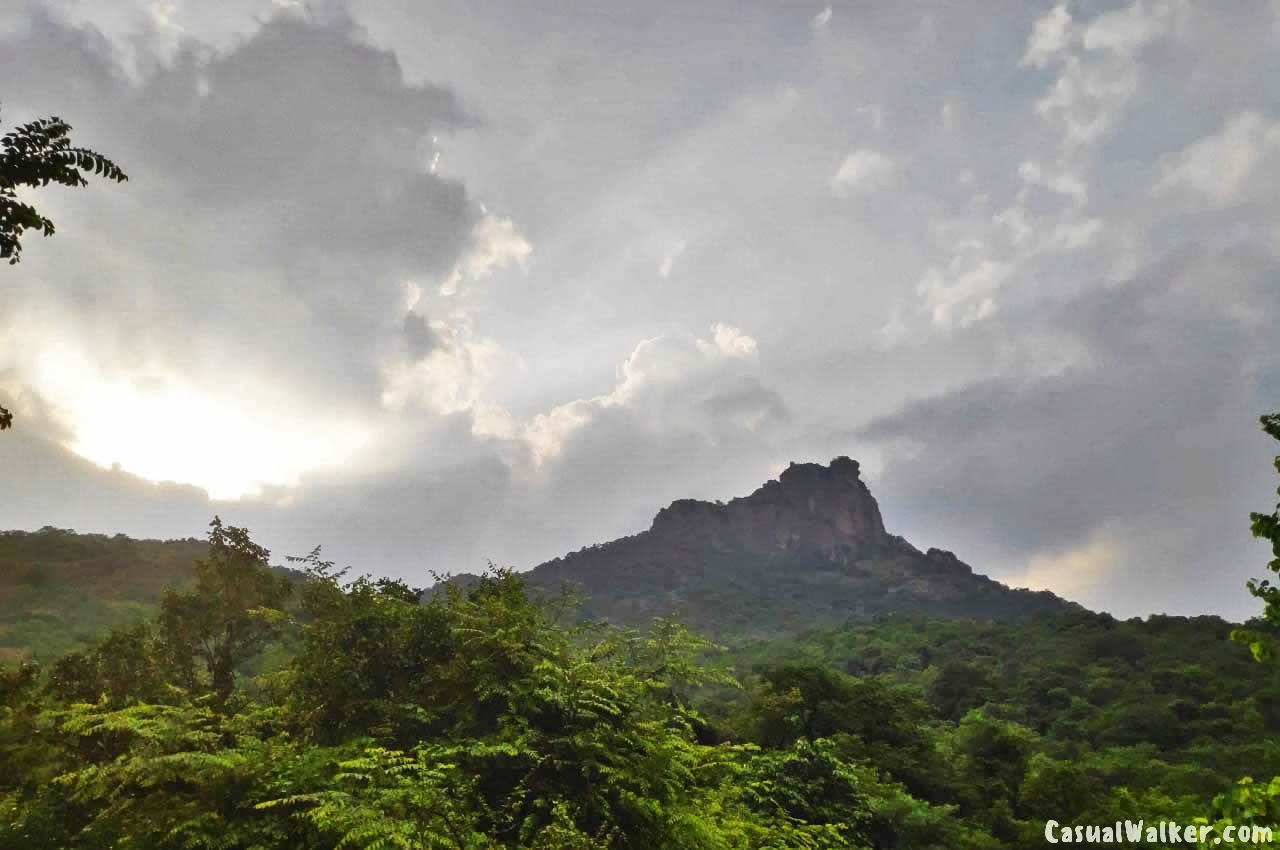
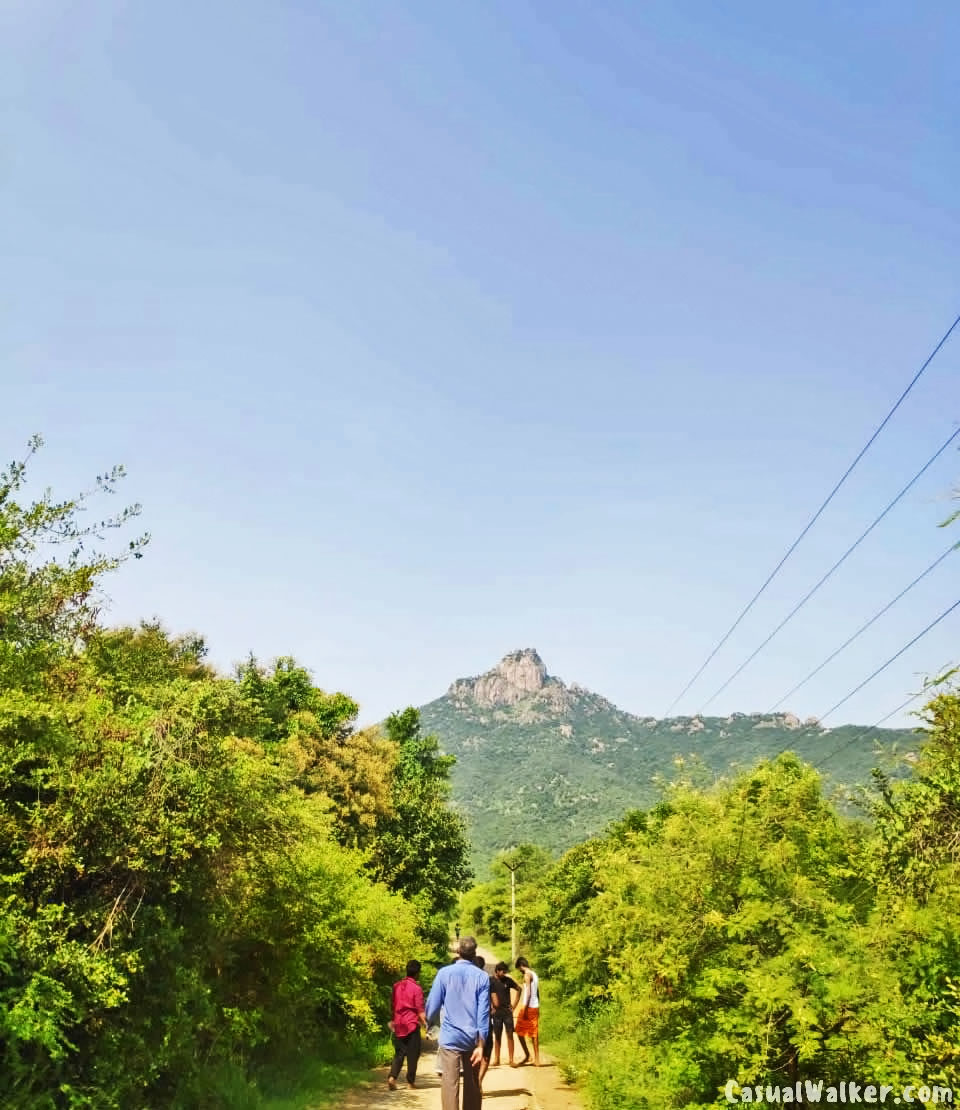
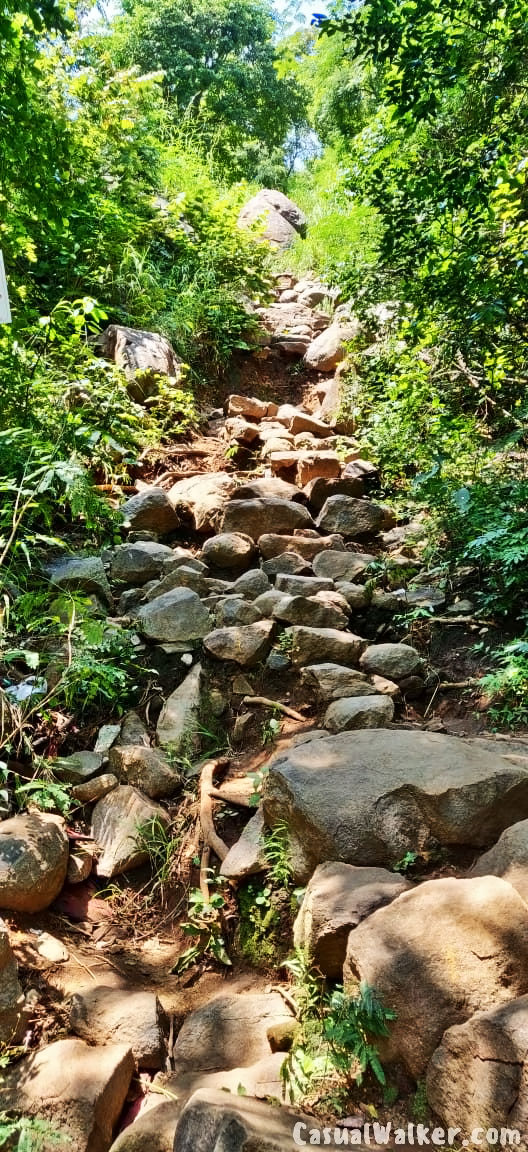
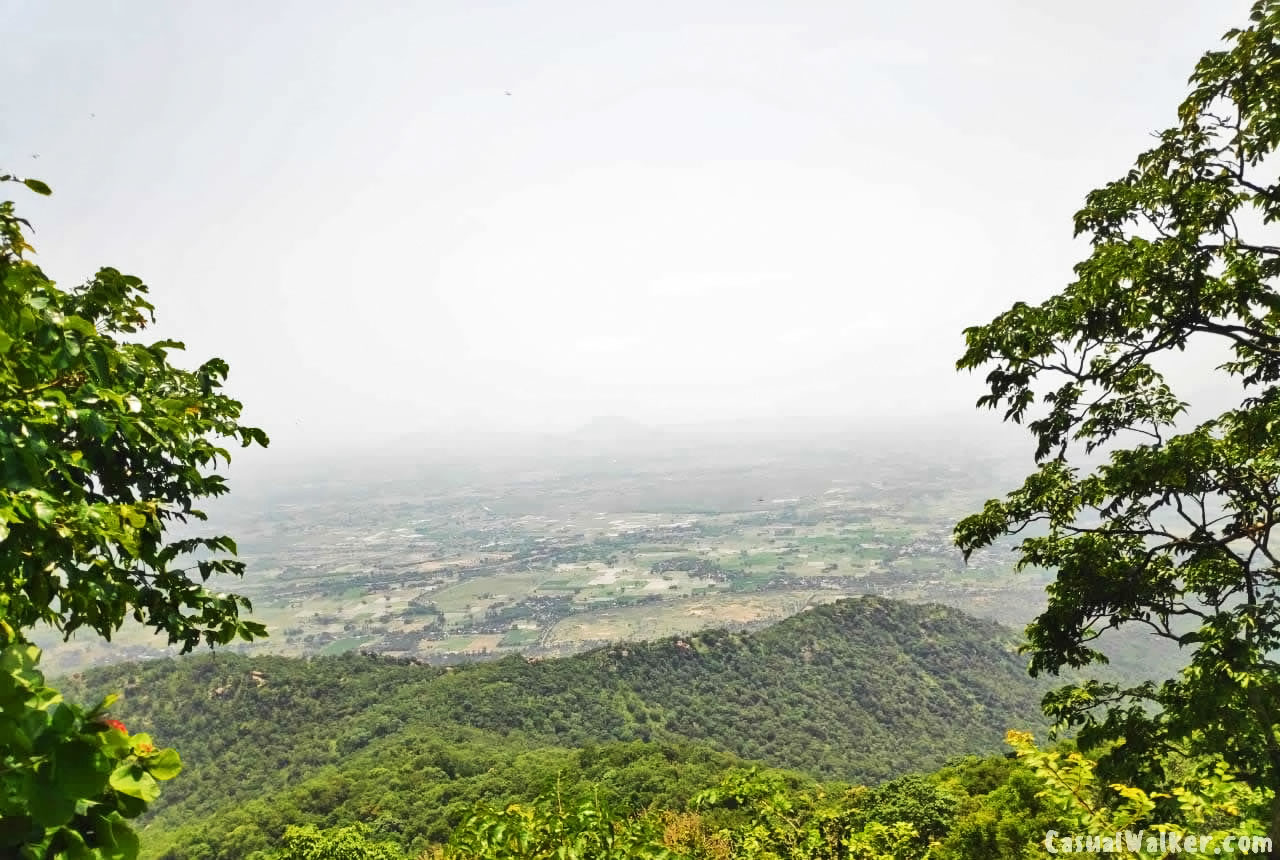
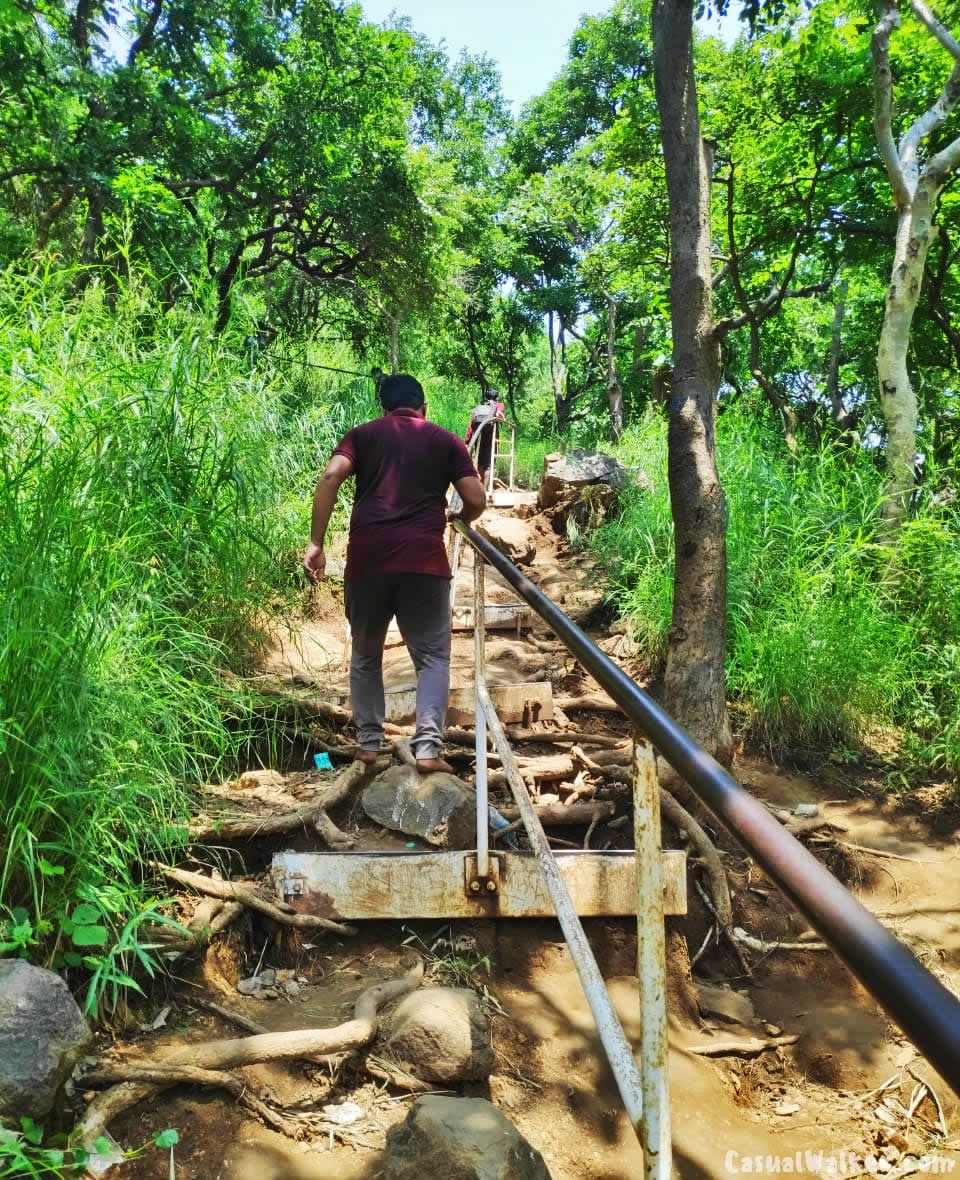
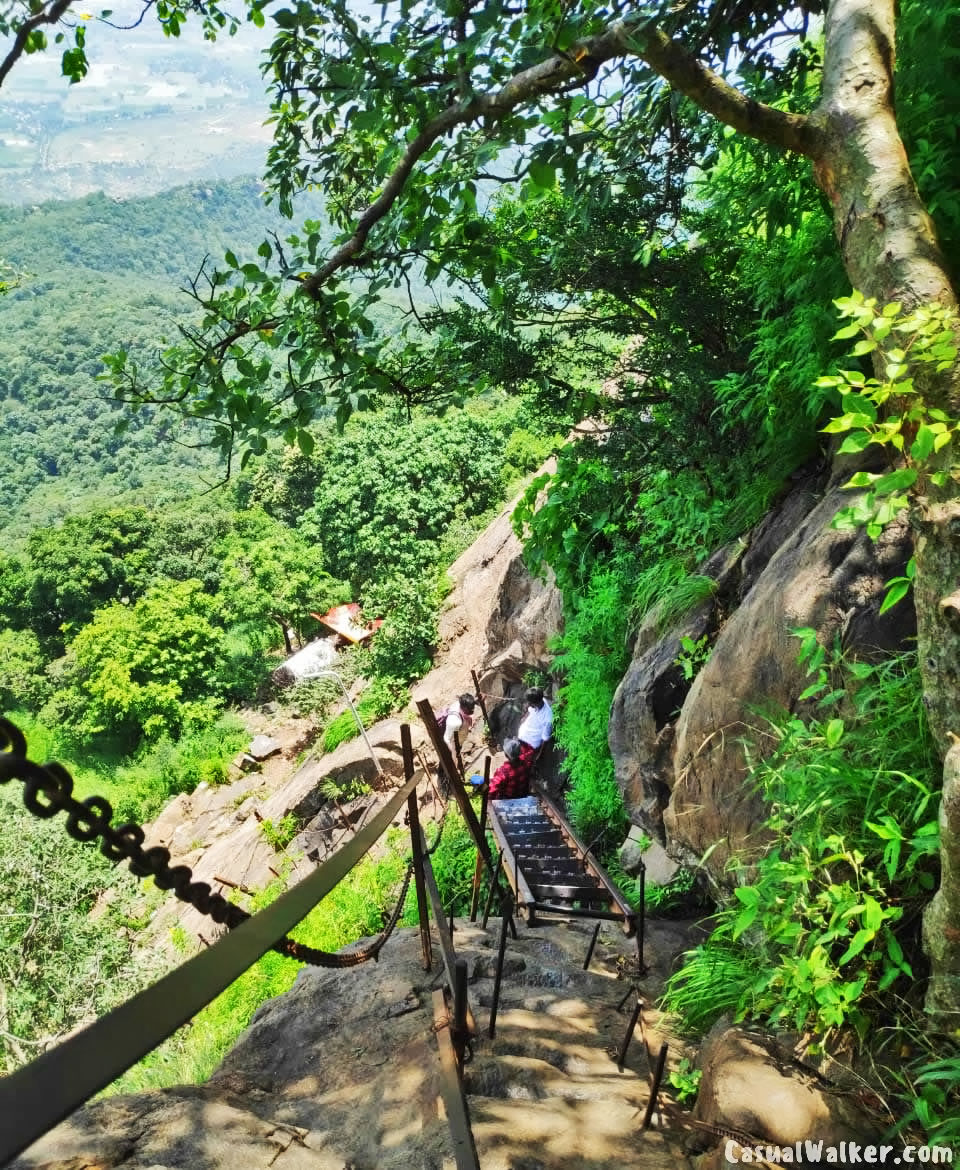
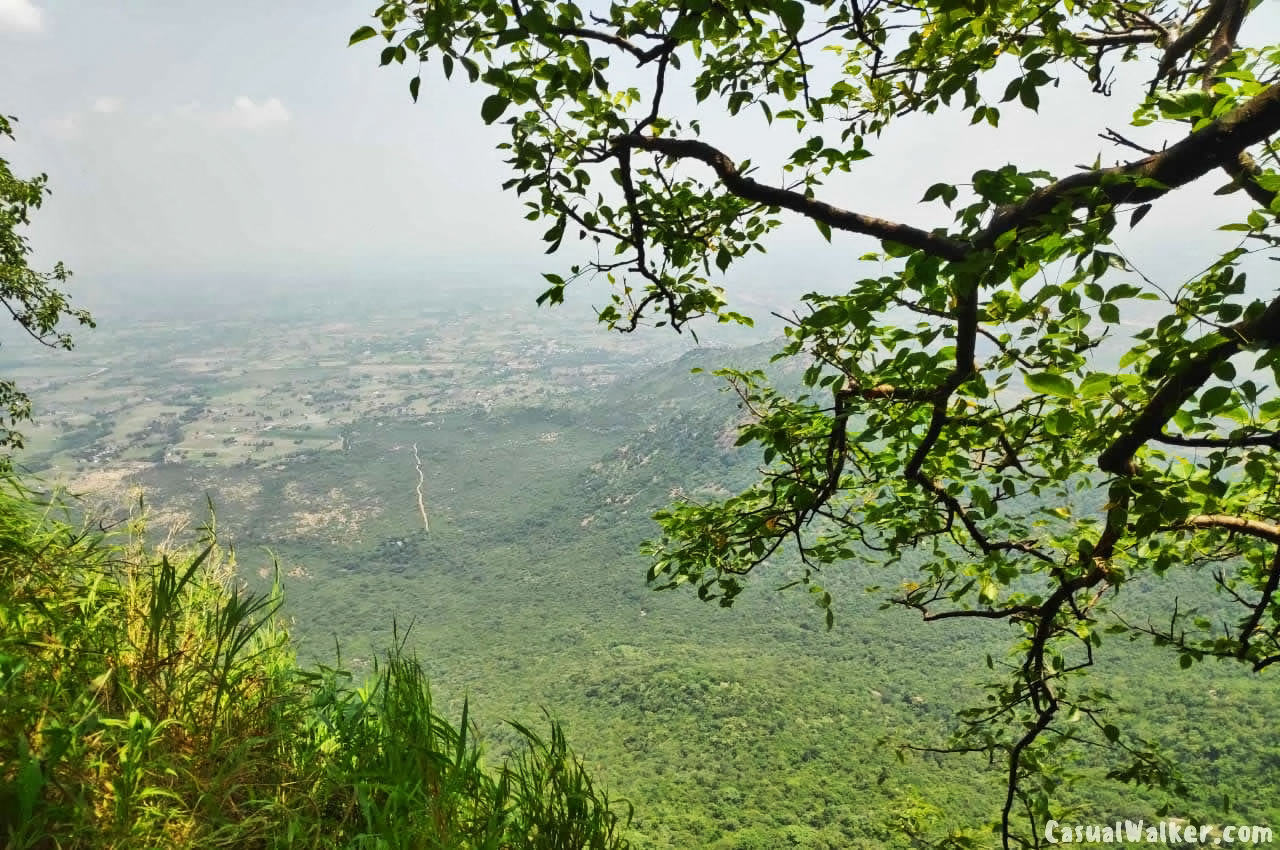
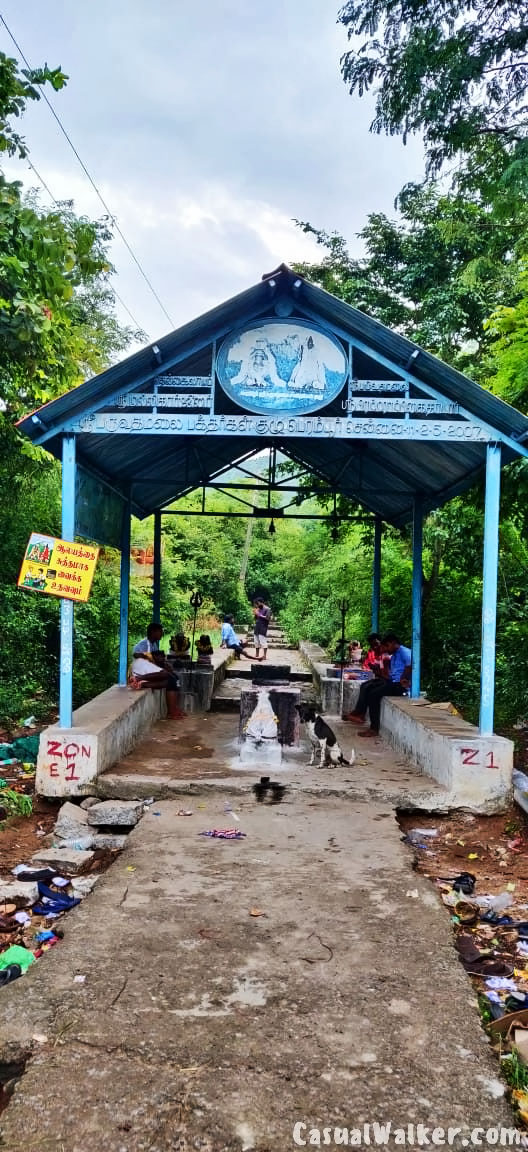
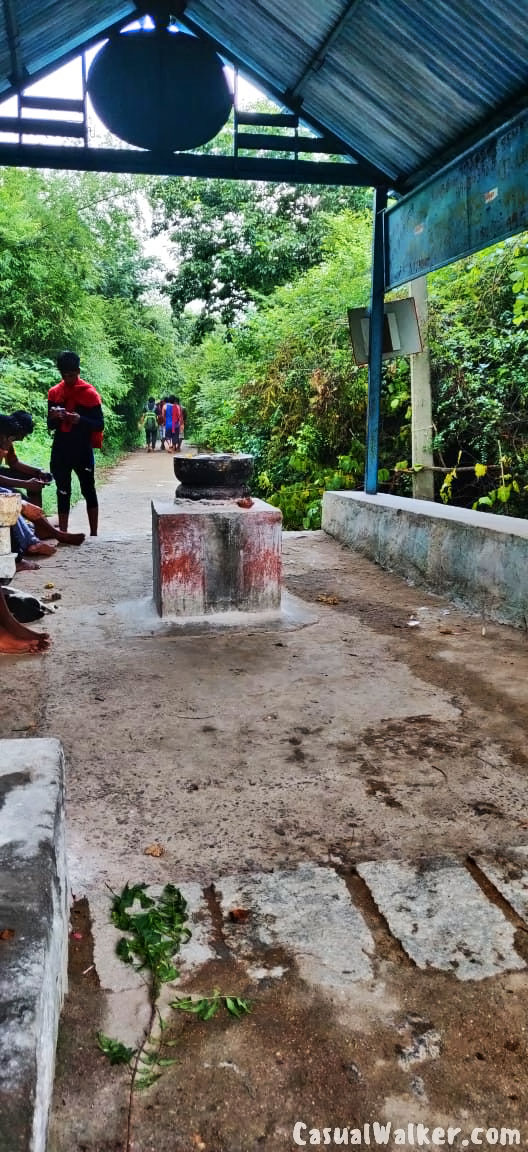
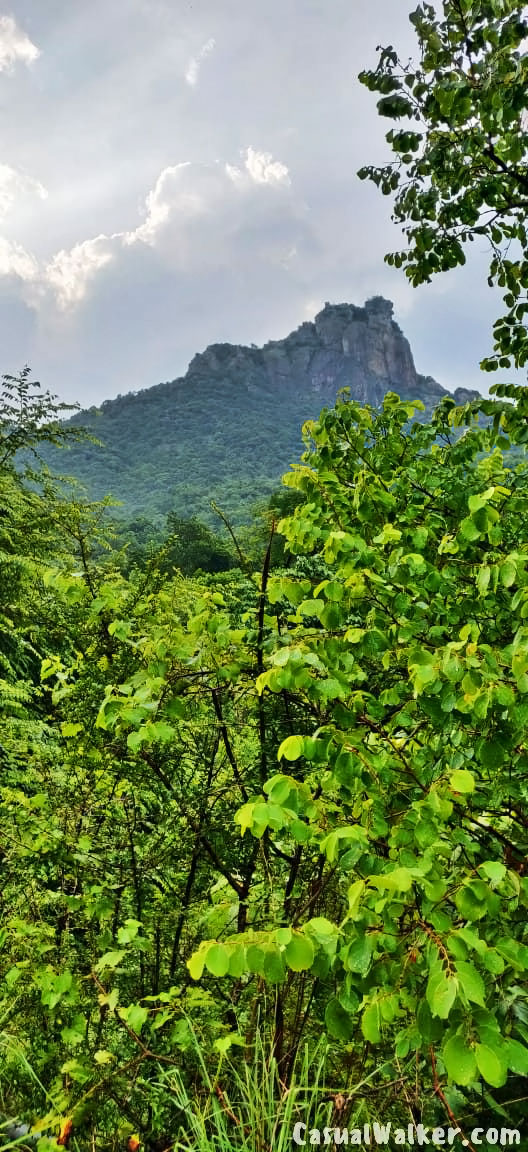
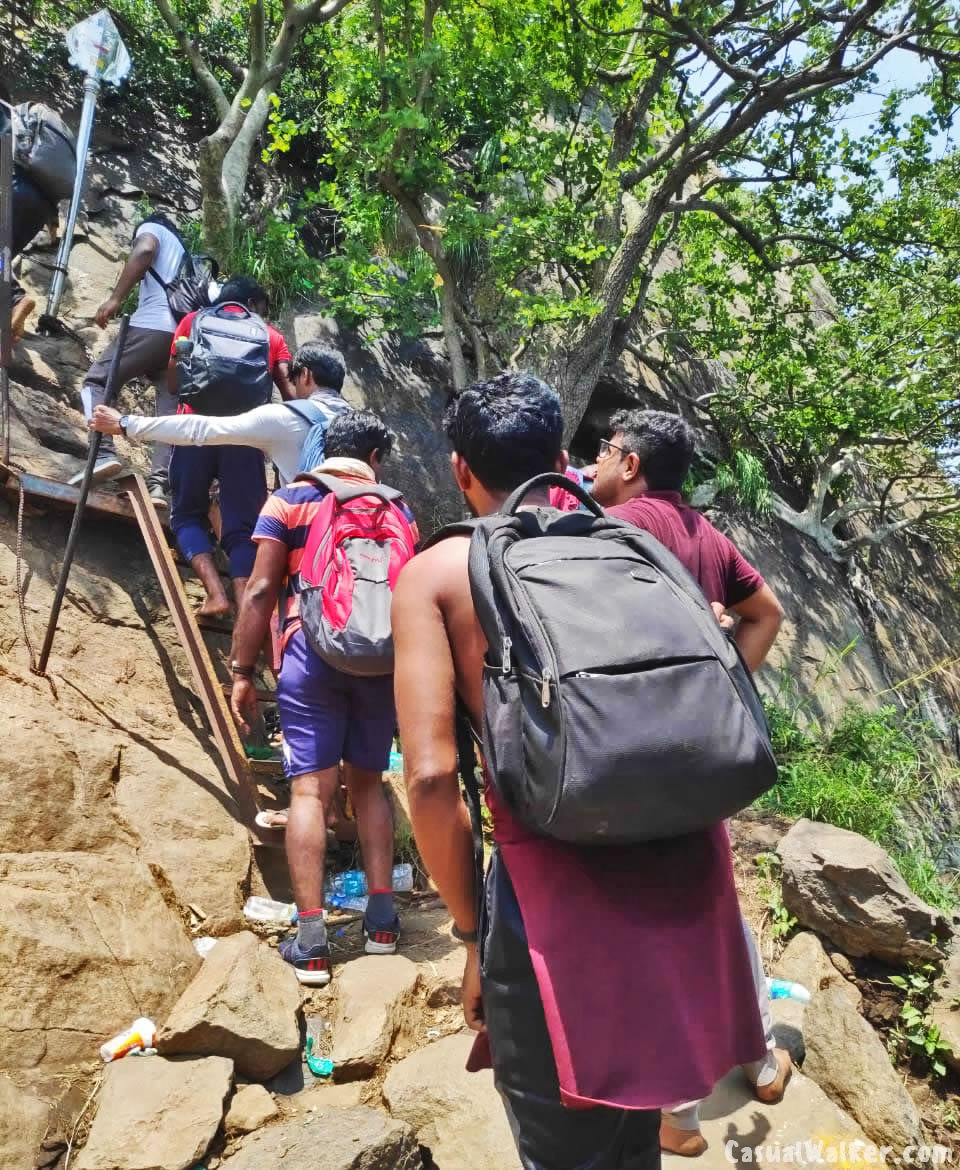
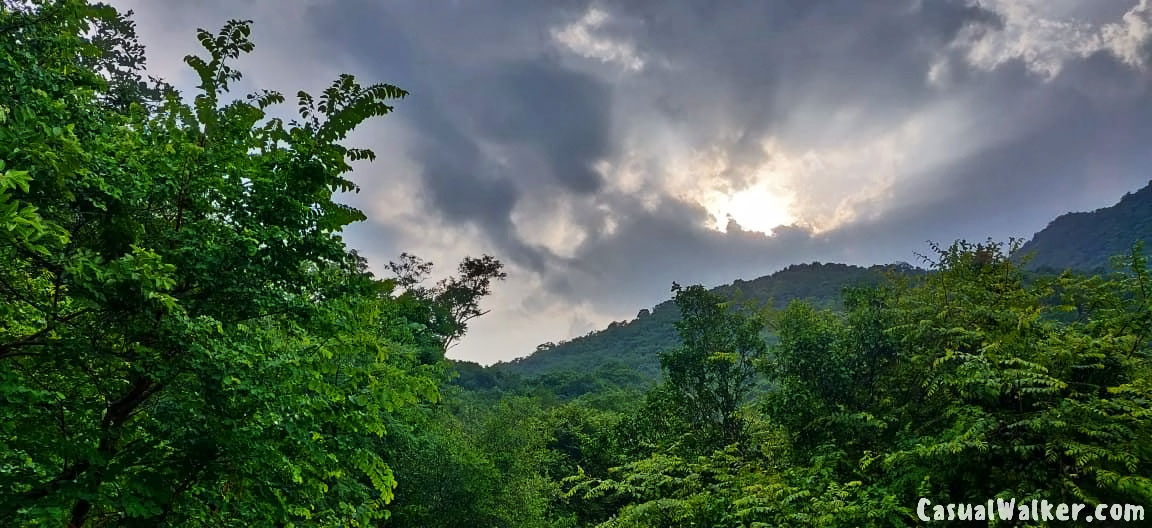
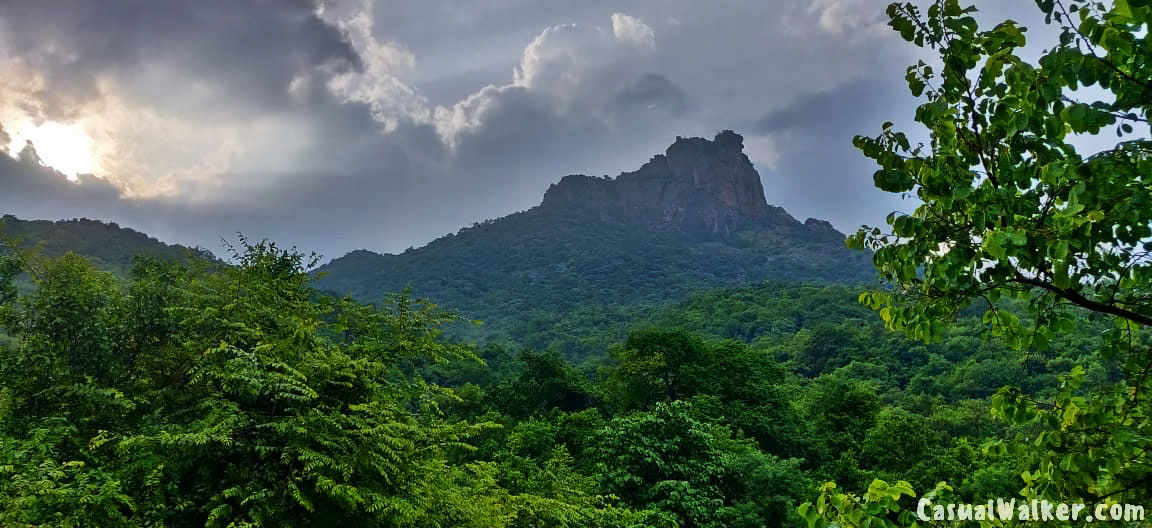
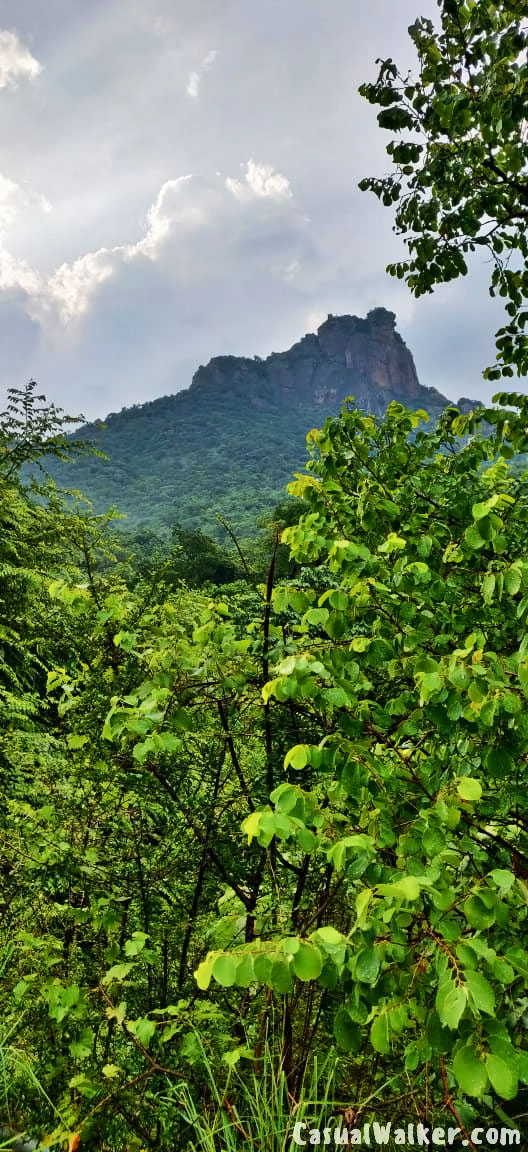
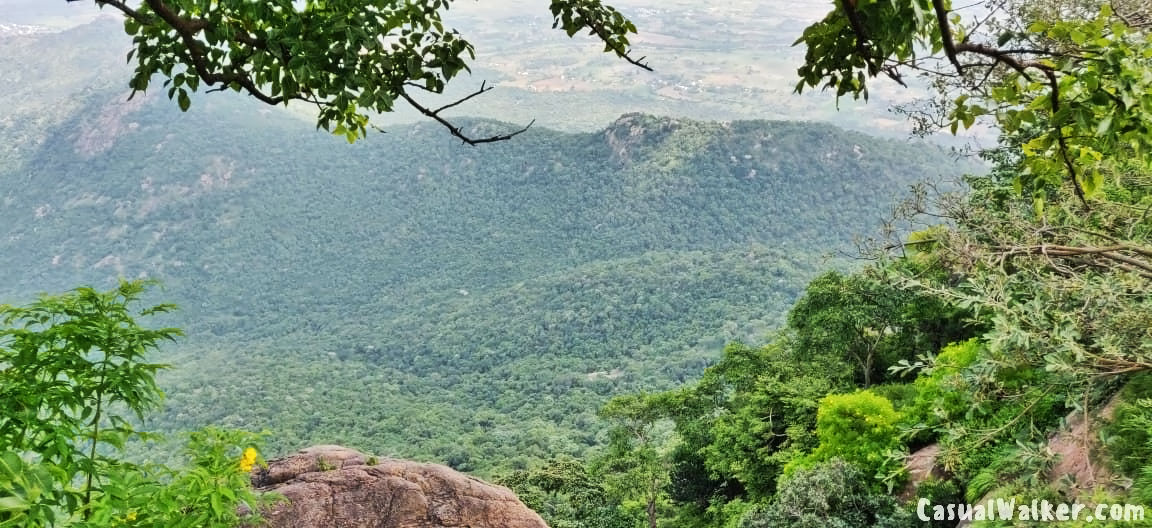
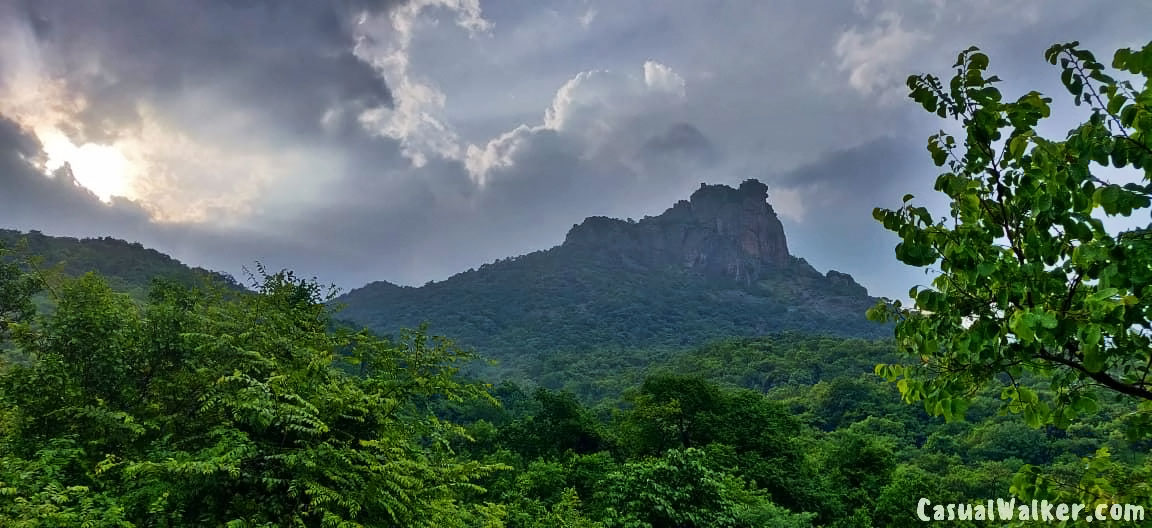
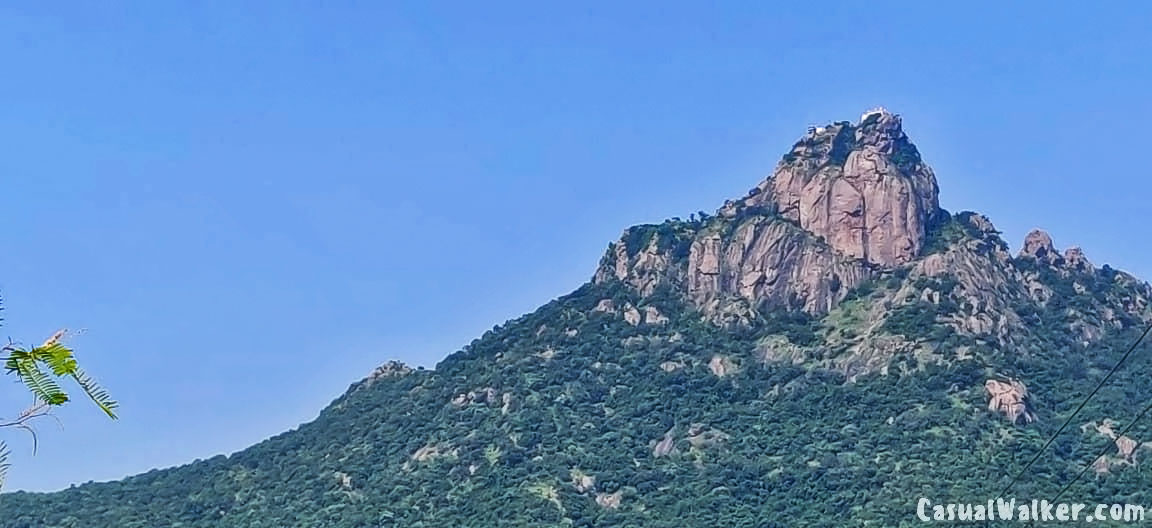

Support CasualWalker
Our Padayatra on Travel + Traditions + Culture
Walked Steps 987544, Explored Places 562, Clicked Photos 48639
![]()
Are you enjoying CasualWalker's captivating Photowalk stories? Then consider donating and supporting our weekly exploration of photography documentation! Your donation helps fund our Photowalks every weekend, documenting travel, traditions, Indian temples, Art galleries, culture, events, Museums, Yoga & Vedas, Foods & Eats, Indian Dances, Wildlife, Hotels & stays, Nature & living. Your every contribution, big or small, helps us to continue capturing and celebrating India's diverse cultures. Thank you.

Similar Famous Lord Shivan Temples you may like to Visit:
Kanchi Kailasanathar temple, Kanchipuram – Best & Famous Shiva Temple In India – Visit, Travel Guide
Jurahareshwarar Temple, Kanchipuram – Best & Famous Shiva Temple In India – Visit, Travel Guide

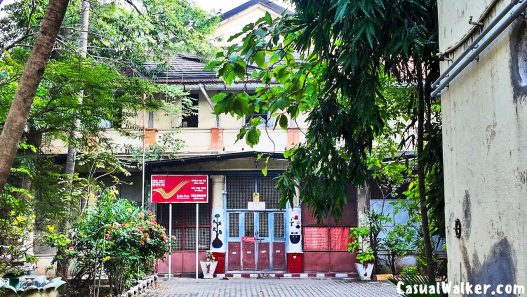



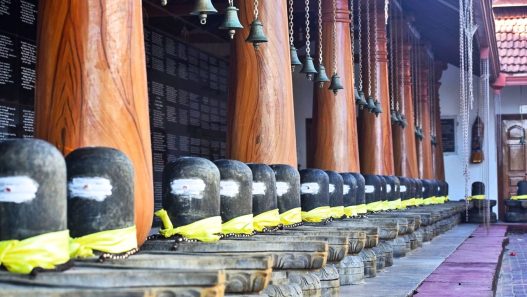

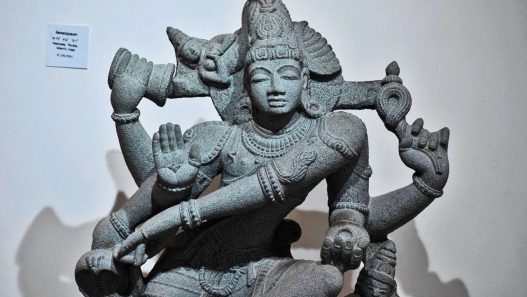
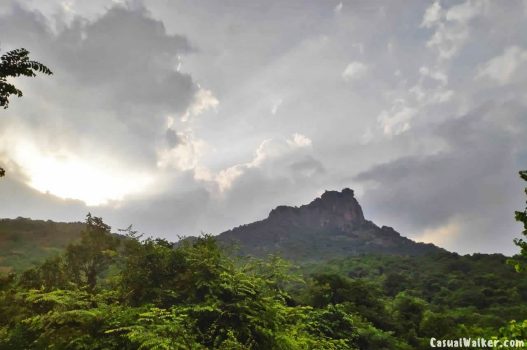

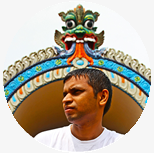














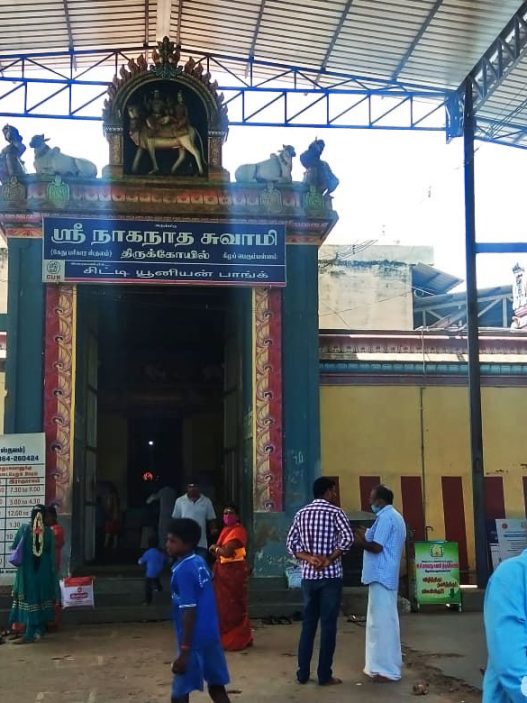
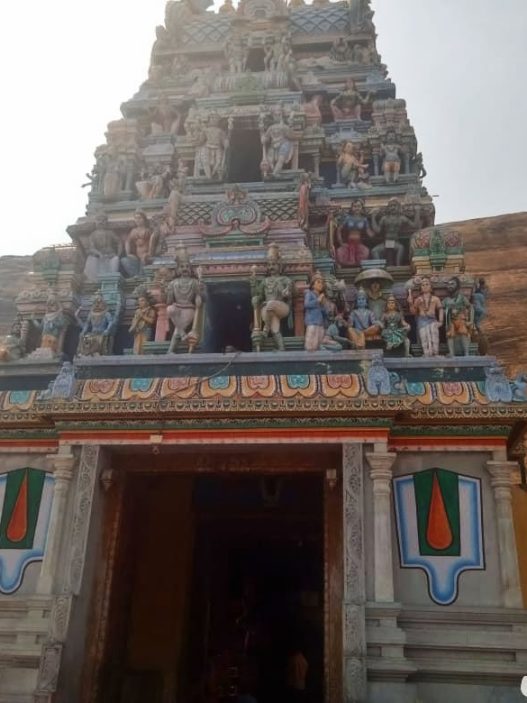
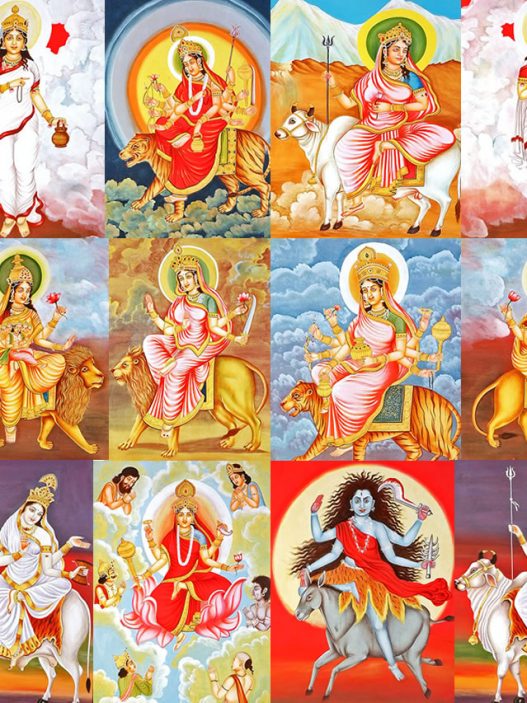

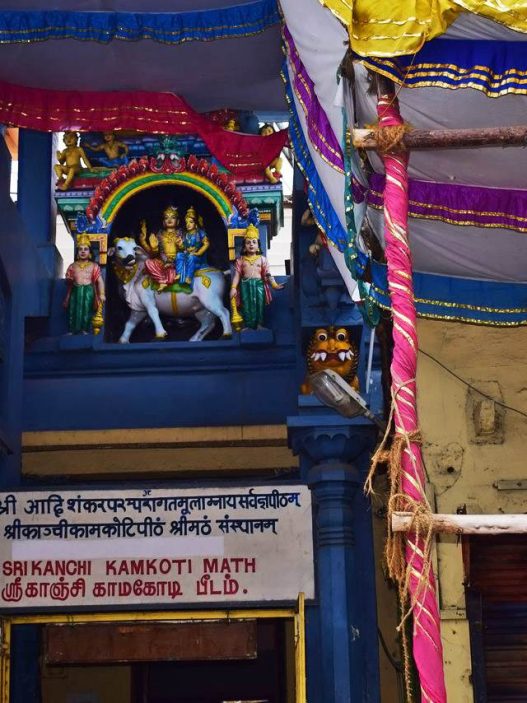
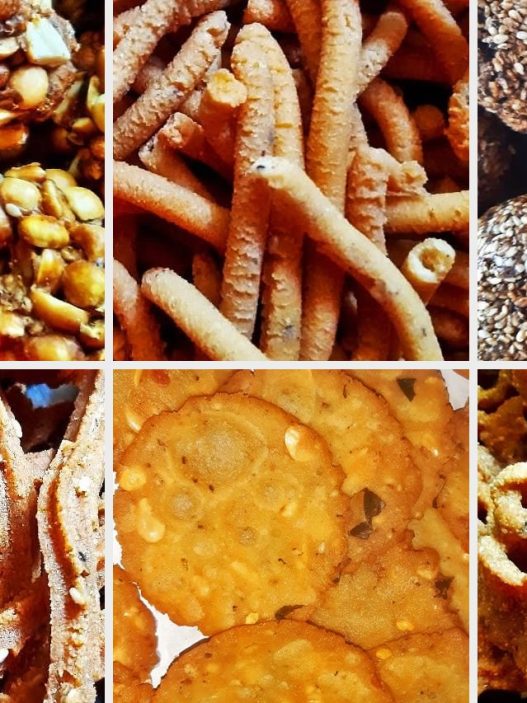
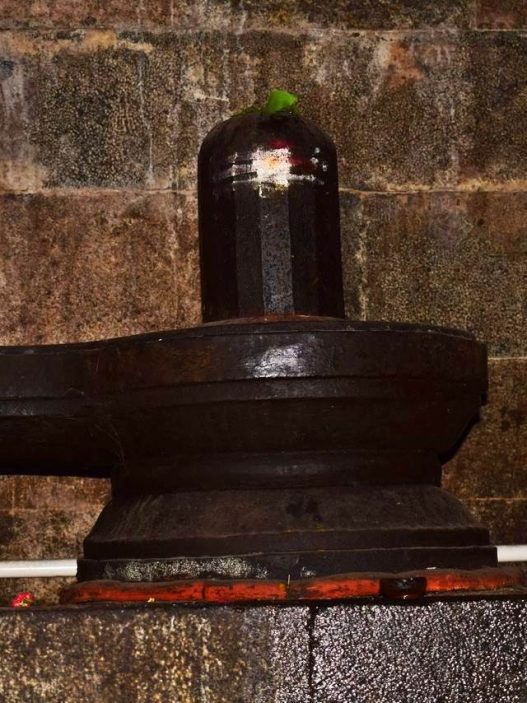
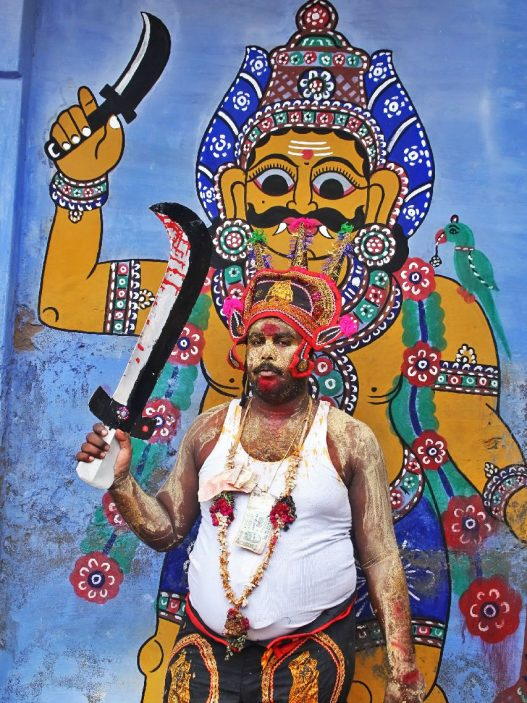
I loved how you combined personal anecdotes with practical information. It made the article both relatable and useful.
Your blog consistently provides the kind of insight that makes readers stop and really think. This post is a perfect example of that quality.
What’s up i am kavin, its my first time to
commenting anywhere, when i read this paragraph i thought i could
also create comment due to this sensible article.
I am glad to be a visitor of this perfect web blog! , appreciate it for this rare info ! .
Great write-up, I¦m normal visitor of one¦s blog, maintain up the excellent operate, and It is going to be a regular visitor for a long time.
I am impressed with this web site, really I am a big fan .
bookmarked!!, I really like your blog!
Please let me know if you’re looking for a article writer for your weblog.
You have some really good posts and I feel I would be a good
asset. If you ever want to take some of the
load off, I’d love to write some articles for your blog
in exchange for a link back to mine. Please send me an email
if interested. Regards!
Does your site have a contact page? I’m having a tough
time locating it but, I’d like to send you an e-mail.
I’ve got some creative ideas for your blog you might be interested in hearing.
Either way, great website and I look forward to seeing it develop over time.
The very root of your writing while sounding reasonable initially, did not settle well with me after some time. Someplace throughout the paragraphs you managed to make me a believer unfortunately just for a short while. I still have a problem with your jumps in assumptions and you might do well to help fill in those gaps. When you actually can accomplish that, I will certainly end up being amazed.
Hey there, You have done a fantastic job. I’ll definitely digg it and personally recommend to my friends. I am confident they’ll be benefited from this website.
I wanted to thank you for this great read!! I definitely enjoying every little bit of it I have you bookmarked to check out new stuff you post…
Nice post. I learn something more challenging on different blogs everyday. It will always be stimulating to read content from other writers and practice a little something from their store. I’d prefer to use some with the content on my blog whether you don’t mind. Natually I’ll give you a link on your web blog. Thanks for sharing.
Generally I do not read article on blogs, but I would like to say that this write-up very forced me to take a look at and do so! Your writing style has been amazed me. Thank you, very great article.
https://t.me/officials_pokerdom/3157
https://t.me/s/Flagman_officials
Nicely put together
Thought-provoking
I just could not depart your web site before suggesting
that I extremely loved the standard info an individual provide
to your visitors? Is gonna be back frequently in order to investigate cross-check new posts
I blog quite often and I truly appreciate your
information. This article has truly peaked my interest.
I will take a note of your site and keep checking for new information about once a week.
I opted in for your Feed too.
Aw, this was an exceptionally good post. Spending some time
and actual effort to create a really good article… but what can I
say… I hesitate a lot and don’t seem to get nearly anything done.
Everyone loves it when individuals come together
and share views. Great website, continue the
good work!
We are a bunch of volunteers and opening a new scheme in our community.
Your site offered us with valuable information to work on. You have
done a formidable process and our whole group will be grateful to you.
I like the valuable information you provide to your
articles. I will bookmark your blog and take a look at once more right here regularly.
I am fairly certain I will be informed lots of new
stuff proper right here! Good luck for the following!
You have mentioned very interesting details ! ps nice site.
This information is worth everyone’s attention. How can I find out more?
Its like you read my mind! You appear to know so much about this, like you wrote the book
in it or something. I think that you can do
with a few pics to drive the message home a bit, but other than that,
this is fantastic blog. An excellent read. I’ll definitely be back.
This is a very good tip particularly to those fresh to the blogosphere.
Short but very precise info… Thank you for sharing this one.
A must read article!
Hi fantastic website! Does running a blog such as
this require a large amount of work? I’ve very little understanding of computer
programming but I was hoping to start my own blog in the near future.
Anyway, should you have any suggestions or tips for new blog owners please share.
I understand this is off topic however I simply
needed to ask. Thank you!
Way cool! Some extremely valid points! I appreciate you penning
this write-up plus the rest of the website is extremely good.
Nice blog here! Additionally your web site a lot up very fast!
What host are you the use of? Can I get your affiliate hyperlink in your host?
I want my site loaded up as quickly as yours lol
Howdy! This post could not be written any better!
Going through this post reminds me of my previous roommate!
He always kept preaching about this. I am going to forward this
article to him. Fairly certain he will have a good read.
I appreciate you for sharing!
Greetings! Quick question that’s entirely off topic.
Do you know how to make your site mobile friendly? My site looks weird when viewing from my iphone4.
I’m trying to find a template or plugin that might be able to correct this issue.
If you have any suggestions, please share. With thanks!
Nice blog! Is your theme custom made or did you download it from somewhere?
A design like yours with a few simple adjustements would really make my blog stand out.
Please let me know where you got your design. Cheers
If you wish for to improve your experience just keep
visiting this website and be updated with the most up-to-date news posted here.
Its such as you read my mind! You seem to know so much
approximately this, such as you wrote the e-book in it or something.
I believe that you could do with some percent to power the message house a bit, but
other than that, this is excellent blog. A great read.
I will definitely be back.
I’ll right away grab your rss as I can not in finding your email subscription link or e-newsletter service.
Do you have any? Kindly permit me know in order that I could
subscribe. Thanks.
I like the helpful info you provide in your articles. I’ll
bookmark your blog and check again here frequently.
I’m quite certain I’ll learn many new stuff right here! Best of luck for the next!
What’s up, constantly i used to check web site posts here in the early hours in the dawn, because i like to gain knowledge of
more and more.
I am genuinely grateful to the holder of this web page who has shared this impressive post at at this place.
Hi there just wanted to give you a quick heads up.
The words in your content seem to be running off the screen in Chrome.
I’m not sure if this is a format issue or something to do with browser compatibility but I figured I’d post to let you know.
The layout look great though! Hope you get the issue fixed soon. Thanks
Really no matter if someone doesn’t understand after
that its up to other people that they will help, so here it takes place.
Hey there! This is my first visit to your blog!
We are a team of volunteers and starting a new initiative in a community in the same niche.
Your blog provided us valuable information to work on. You have done a outstanding job!
I don’t even know how I ended up here, but I thought this post
was great. I don’t know who you are but certainly you’re going to
a famous blogger if you are not already 😉 Cheers!
Hmm it appears like your website ate my first comment (it was extremely long) so
I guess I’ll just sum it up what I had written and say,
I’m thoroughly enjoying your blog. I as well am an aspiring blog writer but I’m still new
to everything. Do you have any suggestions for inexperienced blog writers?
I’d genuinely appreciate it.
Hello, I enjoy reading through your post.
I wanted to write a little comment to support you.
Sweet blog! I found it while browsing on Yahoo News. Do you have any tips on how to get
listed in Yahoo News? I’ve been trying for a while but I never seem to get there!
Cheers
Hi there, just became aware of your blog through Google, and found that it
is truly informative. I am gonna watch out for brussels. I will be grateful if
you continue this in future. Lots of people will be
benefited from your writing. Cheers!
Hi every one, here every one is sharing these kinds of experience,
thus it’s pleasant to read this weblog, and I used to visit this weblog everyday.
Hi, i believe that i saw you visited my site so i came to return the
choose?.I’m attempting to in finding things to improve my
website!I assume its good enough to use a few of your ideas!!
Howdy! I’m at work surfing around your blog from my new iphone 3gs!
Just wanted to say I love reading your blog and look forward to all
your posts! Carry on the superb work!
I am genuinely glad to read this web site posts which consists of tons of helpful facts, thanks for
providing these kinds of statistics.
Howdy, i read your blog occasionally and i own a similar one and i was just wondering if you
get a lot of spam responses? If so how do you prevent it, any plugin or anything you can recommend?
I get so much lately it’s driving me crazy so any
support is very much appreciated.
This piece of writing is actually a good one it assists new web users, who are
wishing in favor of blogging.
Wonderful blog you have here but I was wondering if you knew of
any message boards that cover the same topics discussed in this article?
I’d really like to be a part of group where I can get feedback from other
knowledgeable people that share the same interest. If
you have any recommendations, please let me know.
Bless you!
Hello. excellent job. I did not expect this. This is a excellent story. Thanks!
Traditionell wurde der Willkommensbonus für die erste Einzahlung gewährt.
Meist handelt es sich dabei um einen Einzahlungsbonus,
mit dem zwischen 50 und 200% deiner Einzahlungssumme gewertet werden. Der Willkommensbonus
ist der häufigste Bonus der Online Casinos und ausschließlich für neue Spieler verfügbar.
Die besten Online Casinos stellen ihren Spielern in der Regel mehrere
Bonusangebote zur Verfügung. Die höchsten Boni und die größte Spielauswahl sind wertlos,
wenn ein Casino nicht legal und sicher ist. Das mobile Spielangebot sollte
neben dem Kontakt zum Kundensupport alle weiteren Funktionen des Desktop-Angebots umfassen.
Hier siehst du, welche Anbieter im Test am besten abgeschnitten haben. Die
besten Online Casinos überzeugen im Test mit einem seriösen Spielangebot und sicheren Zahlungsmethoden.
CasinoFM bietet dir einen kostenlosen Vergleich von Online Casinos, durchgeführt mit reichhaltiger
Expertise.
Eine kleine Übersicht ausgezeichneter Spielautomaten, die Sie mit Echtgeld im Casino spielen können und die wir empfehlen. Planen Sie Ihr Budget, bevor
Sie spielen, und halten Sie sich daran. Freispiele oder Einzahlungsboni
können das Guthaben ohne eigenes Risiko erhöhen. Echte
Gewinne sind möglich, sobald Sie im Echtgeld Casino spielen. Alternativ können Sie in Casinos ohne Oasis ohne deutsche Lizenz spielen.
Bei CasinoBeats können Sie das nagelneue Spiel in der Demoversion Big Bass Splash 1000
kostenlos spielen, noch bevor es in den Casinos erscheint!
References:
https://online-spielhallen.de/greatwin-casino-erfahrungen-mein-umfassender-uberblick-als-spieler/
https://t.me/s/Martin_officials
Von Gewinnern und VerlierernFür ihre insgesamt achte Zusammenarbeit ließen sich
Regisseur Martin Scorsese und Schauspieler Robert de Niro vom Leben des Glücksspielers Frank „Lefty“ Rosenthal inspirieren, der
mehrere sehr erfolgreiche Casinos in Las Vegas, darunter das Stardust, leitete und Verbindungen zu Chicagoer Unterwelt unterhielt.
Ein komplexer Abschluss der mit Mean Streets» und GoodFellas begonnenen moralischen Gangstergeschichten Scorseses.
Die hinter virtuosen filmischen Einfällen verborgene unmelodramatische Genauigkeit
dieses Porträts verweigert sich rein emotionalem Zugang.
Glücklicherweise haben wir Kasinos, die wahllos in unseren Wohnzimmern auftauchen, damit wir
uns auf unterhaltsame Weise daran erinnern können, wie das „alte“ Las Vegas aussah.
Der echte Linkshänder besaß zwar ein Haus auf einem Golfplatz, aber diese Szene wurde dort nicht gefilmt.
Das traurige Ende für Stones Ginger-Figur wurde in einer der Cabana-Suiten im
El Cortez Hotel & Casino gefilmt, dem klassischen Downtown-Casino von Las Vegas, über das
wir geschrieben haben, als es 2016 sein 75-jähriges Bestehen feierte.
„Casino“ ist ein Kriminalfilm-Drama aus dem Jahr 1995 vom Regiseur Martin Scorsese.
Ich bin damit einverstanden, dass mir externe Inhalte angezeigt werden. Der Film markiert die achte
Zusammenarbeit zwischen Robert De Niro und dem Filmemacher.
Für seinen hochkarätig besetzten Gangsterfilm „Departed –
Unter Feinden“ wurde Scorsese 2006 erstmals mit einem Oscar als bester Regisseur ausgezeichnet.
Auch die weiteren Rollen sind glänzend besetzt
mit Joe Pesci und James Woods; eine großartige Leistung zeigt Sharon Stone, für deren Rolle ursprünglich Madonna vorgesehen war.
Ace soll ein lukratives Spielcasino leiten und Nicky für den reibungslosen Ablauf der Geschäfte sorgen. Der Film zeigt die Machenschaften, Intrigen und Gewalt, die mit
dem Glücksspielgeschäft in Las Vegas einhergehen.
References:
https://online-spielhallen.de/playfina-casino-alle-details-fur-schnelle-und-sichere-auszahlungen-in-australien/
It’s an remarkable piece of writing designed for all the online visitors; they will get advantage from it I am sure.
Everyone loves what you guys are up too. This kind of clever
work and coverage! Keep up the awesome works guys I’ve
added you guys to my own blogroll.
I will right away take hold of your rss feed as I
can not in finding your email subscription link or e-newsletter
service. Do you have any? Kindly permit me recognize so that
I may subscribe. Thanks.
Your style is so unique compared to many other people. Thank you for publishing when you have the opportunity,Guess I will just make this bookmarked.2
Blackjack, roulette, baccarat and poker are all here
in multiple variations, plus a live dealer lounge powered by Evolution Gaming.
Fan favourites include Big Bass Bonanza, Sweet
Bonanza, and Wolf Gold, each known for slick design and rewarding bonus rounds.
The Woo Casino pokies range covers everything from classic three-reel fruit machines to flashy video slots packed with
features like Megaways™ mechanics and cascading reels.
That means whatever your style of play, there’s something here
to match. That’s covered by SSL encryption, transparent terms,
and responsible gambling tools that prove this is the real deal.
This isn’t just another site with a handful of pokies.
Australian players who haven’t created an account
yet are entitled to a welcome bonus. Professional croupiers conduct real games where you interact with other players in real-time.
A welcome bonus represents incentive funds provided by
the casino to new players. Woo Casino stands as a reliable online gambling destination for Australian players since 2020.
References:
https://blackcoin.co/casino-rocket-australia-your-next-favourite-online-spot/
Learn more about automatic updates. Seamless payments across all of your devices begin with a few quick steps.
You can download and install the Chrome web browser at
no charge, and use it to browse the web. Sign in to Chrome
on any device to access your bookmarks, saved passwords and more.
This computer will no longer receive Google Chrome updates because macOS
10.6–10.12 are no longer supported. Use Safety Check to
instantly audit for compromised passwords, safe browsing status and any
available Chrome updates.
We’ve made applying for products and managing your account easier and more convenient using e-signature.
Watch this short step-by-step video which will show you how to reset your password on desktop, app,
and via the online form. No need for a physical security device anymore;
it’s all on your mobile with the HSBC UK Business Banking app.
With over 30 years of experience, IMS Electric has established a strong reputation for its high-quality
products, exceptional customer service, and commitment to excellence.
This won’t change how data is collected by websites that
you visit and the services that they use. When you
use Chrome’s Incognito mode, others who use your device won’t see
your activity. Chrome’s Privacy Guide makes it easy to control and understand the most
important privacy settings.
References:
https://blackcoin.co/bars-the-classic-slot-machine-theme/
With smooth streaming and easy access, it’s
a great way to experience casino action in real time. It’s perfect for
players in Australia looking for excitement without leaving
their couch. Win Spirit Casino offers clear deposit and withdrawal
limits to help you manage your budget easily.
Cashouts are consistent and new slots drop often. Helpful live chat—sorted my deposit issue in minutes.
We keep wagering rules simple and post them upfront so
players always know what to expect.
Therefore, it is recommended to follow the updates to the appropriate section on the website.
Some of the promotions are temporary and available for a
limited time. Quests are quick promotions that offer small
but beneficial prizes such as Free Spins, Freebets,
and so on. Install the app and get 20 FS in the TOP Slot section.
Explore a world of top-tier gaming andenhance your onsite casino journey.
In essence, a casino experience in Johannesburg is not just a journey; it’s an expedition. Johannesburg casinos are like a blend of cultures, mixing the American, European, and Asian gaming
styles, whipped together in a delightful African potjie. Picture yourself walking into a buzzing casino, greeted
by a plethora of slot machines lining the room.
References:
https://blackcoin.co/welcome-to-phcasino-your-premier-destination-for-exciting-gaming-adventures-and-fantastic-cash-prizes/
The data underscores OpenAI’s push to win enterprise customers as competition heats up from Google, Anthropic, and open-model rivals, a recurring theme you’ll see in recent updates.
OpenAI has updated its guidelines for users under 18 and released new resources for parents to promote safer interactions
with ChatGPT. OpenAI has added new controls in ChatGPT that let users adjust the chatbot’s warmth, enthusiasm, emoji use, and formatting style.
We trained a new model that is good at creative writing (not sure yet how/when it will get
released). OpenAI CEO Sam Altman said, in a post on X, that the company has trained a “new model” that’s
“really good” at creative writing. Noam Brown, who heads AI reasoning research at OpenAI, thinks that certain types of AI models for “reasoning” could have
been developed 20 years ago if researchers had understood the correct approach and algorithms.
References:
https://blackcoin.co/game4u-live-casino-a-comprehensive-review/
Thanks for helping out, great info .
online slots uk paypal
References:
http://www.teacircle.co.in
paypal casino android
References:
itheadhunter.vn
online betting with paypal winnersbet
References:
optimaplacement.com
online casinos that accept paypal
References:
https://aba.work/employer/56687/paypal-casinos-2025-best-online-casinos-accepting-paypal
paypal casinos online that accept
References:
https://logisticsdirectuk.com
online real casino paypal
References:
https://ehdrmffn.site/bbs/board.php?bo_table=free&wr_id=1804
You made some nice points there. I looked on the internet for the topic and found most individuals will agree with your website.